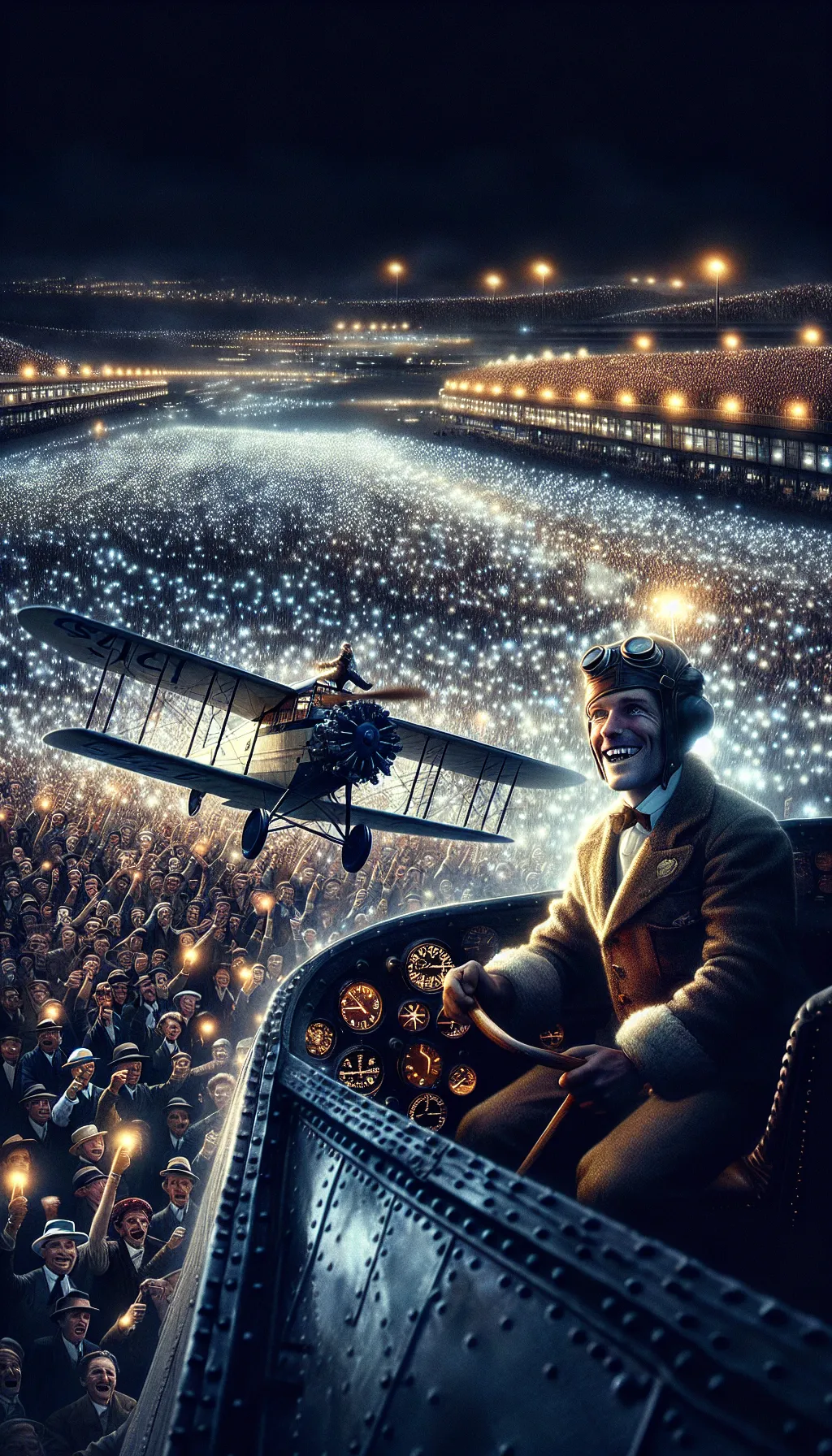United States – The Lone Eagle's Triumph – May 21, 1927
TLDR;
- Achievement: Charles Lindbergh completed the first solo nonstop transatlantic flight on May 21, 1927, from New York to Paris in 33 hours and 30 minutes.
- Challenges: Faced with no radio, basic navigation tools, and harsh weather conditions, Lindbergh battled fatigue and isolation.
- Impact: His flight in the Spirit of St. Louis revolutionized aviation, inspiring future advancements in air travel.
- Legacy: Lindbergh became a global hero, symbolizing the triumph of human spirit and innovation over adversity.
–
Story
The roar of the crowd was overwhelming as the Spirit of St. Louis landed at Le Bourget Field, Paris, at 10:22 PM local time. Charles Lindbergh, a 25-year-old American aviator, had just achieved the impossible. He had flown solo, nonstop, across the Atlantic Ocean, a feat that had eluded many before him.

At 7:52 AM on May 20, 1927, Lindbergh took off from Roosevelt Field in New York, embarking on a journey that would forever change the course of aviation history. The odds were stacked against him. The Atlantic was a vast, unforgiving expanse, and the weather was unpredictable. Yet, with determination and a custom-built Ryan NYP monoplane, lacking advanced instruments like a radio and relying on basic navigation tools, Lindbergh soared into the unknown.
For 33 hours and 30 minutes, he battled fatigue, navigated through fog, faced icing conditions, and the daunting isolation of the skies. His only companions were the hum of the engine and the stars above. As he approached the French coast, the realization of his impending triumph began to sink in.
When Lindbergh finally landed in Paris, he was greeted as a hero. The world watched in awe as he stepped out of his aircraft, a symbol of human courage and innovation. His journey not only marked a milestone in aviation but also inspired generations to dream beyond the horizon.
Lindbergh’s flight was more than a personal victory; it was a testament to the power of human spirit and ingenuity. It paved the way for the future of air travel, shrinking the world and bringing continents closer together.
–
| Would you have dared to fly into the unknown like Lindbergh? |